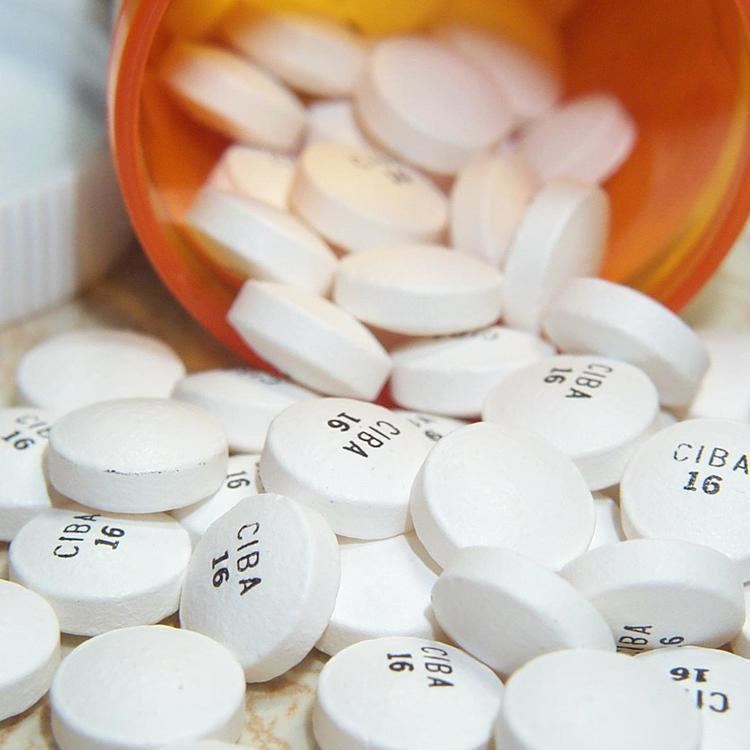 | ||
The regulation of therapeutic goods, that is drugs and therapeutic devices, varies by jurisdiction. In some countries, such as the United States, they are regulated at the national level by a single agency. In other jurisdictions they are regulated at the state level, or at both state and national levels by various bodies, as is the case in Australia.
Contents
- Australia
- Brazil
- Canada
- Burma Myanmar
- China
- United Kingdom
- Norway
- Iceland
- Ireland
- Switzerland
- India
- United States
- References
The role of therapeutic goods regulation is designed mainly to protect the health and safety of the population. Regulation is aimed at ensuring the safety, quality, and efficacy of the therapeutic goods which are covered under the scope of the regulation. In most jurisdictions, therapeutic goods must be registered before they are allowed to be marketed. There is usually some degree of restriction of the availability of certain therapeutic goods depending on their risk to consumers.
Australia
Therapeutic goods in Australia are regulated by the Therapeutic Goods Administration (TGA). The availability of drugs and poisons is regulated by scheduling under individual state legislation, but is generally under the guidance of the national Standard for the Uniform Scheduling of Drugs and Poisons (SUSDP).
Under the SUSDP, medicinal agents generally belong to one of five categories:
Brazil
Therapeutic goods in Brazil are regulated by the Brazilian Health Ministry, through its National Health Surveillance Agency (equivalent to USA's FDA). There are 5 main categories:
Canada
In Canada, regulation of therapeutic goods are governed by the Food and Drug Act and associated regulations. In addition, the Controlled Drugs and Substances Act requires additional regulatory requirements for controlled drugs and drug precursors.
Burma (Myanmar)
The regulation of drugs in Burma is governed by the Food and Drug Administration (Burma) and Food and Drug Board of Authority.
China
The regulation of drugs in China is governed by the China Food and Drug Administration.
United Kingdom
Medicines for Human Use in the United Kingdom are regulated by the Medicines and Healthcare products Regulatory Agency (MHRA). The availability of drugs is regulated by classification by the MHRA as part of marketing authorisation of a product.
The United Kingdom has a three-tiered classification system:
Within POM, certain agents with a high abuse/addiction liability are also separately scheduled under the Misuse of Drugs Act 1971 (amended with the Misuse of Drugs Regulations 2001); and are commonly known as Controlled Drugs (CD).
Norway
Medicines in Norway are divided into five groups:
Class A Narcotics, sedative-hypnotics, and amphetamines in this class require a special prescription form:
Class B Restricted substances which easily lead to addiction like:
Class C - All prescription-only substances
Class F - Substances and package-sizes not requiring a prescription
Unclassifieds - Brands and packages not actively marketed in Norway
Iceland
Medicines in Iceland are regulated by the Icelandic Medicines Control Agency [2].
Ireland
Medicines in the Republic of Ireland are regulated according to the Misuse of Drugs Regulations 1988. Controlled drugs (CD's) are divided into five categories based on their potential for misuse and therapeutic effectiveness.
Switzerland
Medicines in Switzerland are regulated by Swissmedic. The country is not part of the European Union, and is regarded by many as one of the easiest places to conduct clinical trials on new drug compounds.
There are 5 categories from A to E to cover different types of delivery category:
India
Medicines in India are regulated by CDSCO - Central Drugs Standard Control Organization Under Ministry of Health and Family Welfare. Headed by Directorate General of Health Services CDSCO regulates the Pharmaceutical Products through DCGI - Drugs Controller General of India at Chair. Under Retail and Distribution:- Drugs classified under 5 heads 1. Schedule X drugs – Narcotics 2. Schedule H and L – Injectables, Antibiotics, Antibacterials 3. Schedule C and C1- Biological Products-example Serums and Vaccines
Under Manufacturing Practice 1. Schedule N List of the equipment for the efficient running of manufacturing wing, Qualified personnel 2. Schedule M
United States
Therapeutic goods in the United States are regulated by the U.S. Food and Drug Administration (FDA), which makes some drugs available over the counter (OTC) at retail outlets and others by prescription only.
The prescription or possession of some substances is controlled or prohibited by scheduling in the Controlled Substances Act, under the joint jurisdiction of the FDA and the Drug Enforcement Administration (DEA). Some US states apply more stringent limits on the prescription of certain controlled substances and OTC drugs such as pseudoephedrine.
